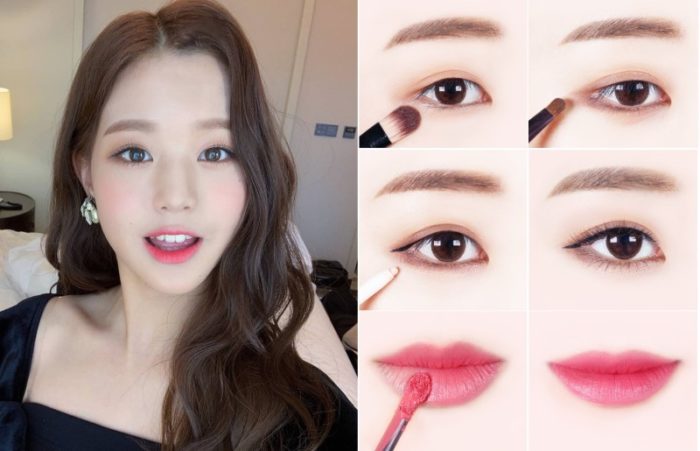By Soyoung Kim
Asia occupies a huge part of the globe, and is home to many different peoples and cultures. The region can be further subdivided into South Asia, Central Asia, West Asia, and East Asia. The established countries in each of these areas contain indigenous populations that share distinctive characteristics—from eye color to general physique.
Yet East Asians, namely the Japanese, Koreans, and Chinese, have discovered that they look pretty similar to non-Asians who often misidentify them. This is despite the fact that one might see an East Asian every second in downtown Manhattan, since they have built huge communities in the United States in addition to visiting the U.S. as tourists.
So, dear reader, can you tell Chinese, Japanese, and Koreans apart from each other? As a person who lived in a homogeneous South Korea my entire life before moving to the melting-pot of New York, I find that most East Asians can quickly identify each other by their nation or culture of origin, while most Western people have trouble doing this.
I often experience an awkward situation in New York when some Westerners say to me “Nihao” to show friendliness. Ni Hao means “hello” in Chinese, but in Korean, it’s “Annyeong-haseyo”. I totally understand their confusion though. China has the largest population in the world, approximately 1.4 billion people, which is about 14 times more than Japan, and 28 times more than South Korea according to the “Worldometer”. Therefore, statistically, chances are really high that any East Asian you bump into might speak Chinese.
We Asians have similar problems in distinguishing between Europeans, Americans, and Canadians. But you will appear much more considerate and even intelligent if you can identify Asian nationalities correctly. You will see a person’s face become full of smiles if you can pinpoint where they’re from. Here are some tips:

According to the research, Japanese have longer, oval shaped faces with lower cheekbones. Koreans tend to have longer noses and higher cheekbones which are set within a rounder facial structure. Due to geographic factors, China can be divided into two regions: the South and the North. Southern people usually have paler skin and square-ish faces with smaller eyes and noses. On the other hand, the Northern Chinese tend to have darker skin with rounder eyes, faces, and broader noses.
Nevertheless, not all people belonging to the same race have the same specific facial structure. Therefore, more reliable signs of ethnic origin can be Asian makeup and dressing styles. The Japanese usually pursue harmony and uniformity by dressing up in the plainest and most subtle of colors. Unlike the Japanese, most Koreans tend to wear brighter colored clothes. Chinese clothing is usually a mix of south-east Asian and western countries’ fashions.
Makeup is the most significant difference in my opinion. Japanese people apply their makeup to look as natural as possible; you might call this approach “no makeup, but makeup.” Usually, their cheeks will be slightly flushed with pink. By contrast, Koreans like to apply coral colored lipsticks or lip tints, with straight eyebrows. Chinese women prefer a smoky look, along with red lipstick.
You can also tell different kinds of East Asians apart by their names. Japanese names tend to be more polysyllabic such as Haruki, Sato, and Yamamoto. Korean names usually use a hyphen as well as common surnames such as Kim (21%), Lee (15%), and Park (8.5%). Chinese surnames, such as Zheng, Li, Wang etc, are much more varied due to the large population.
Asia is the biggest continent on the planet. It is comprised if many separate countries (plus island nations) whose inhabitants possess distinctive appearances. For this article I only compared the most well-known Asian nationalities encountered in the United States, which are Japanese, Chinese and Korean. With practice it is relatively easy to tell these groups apart.
However, in today’s interconnected world, people, regardless of their race, can have different dressing styles and facial structures which are still difficult to predict. Perhaps the best way to learn about this diversity is to meet as many East-Asians as possible, and perhaps to travel around these three countries to experience their differences first hand.

